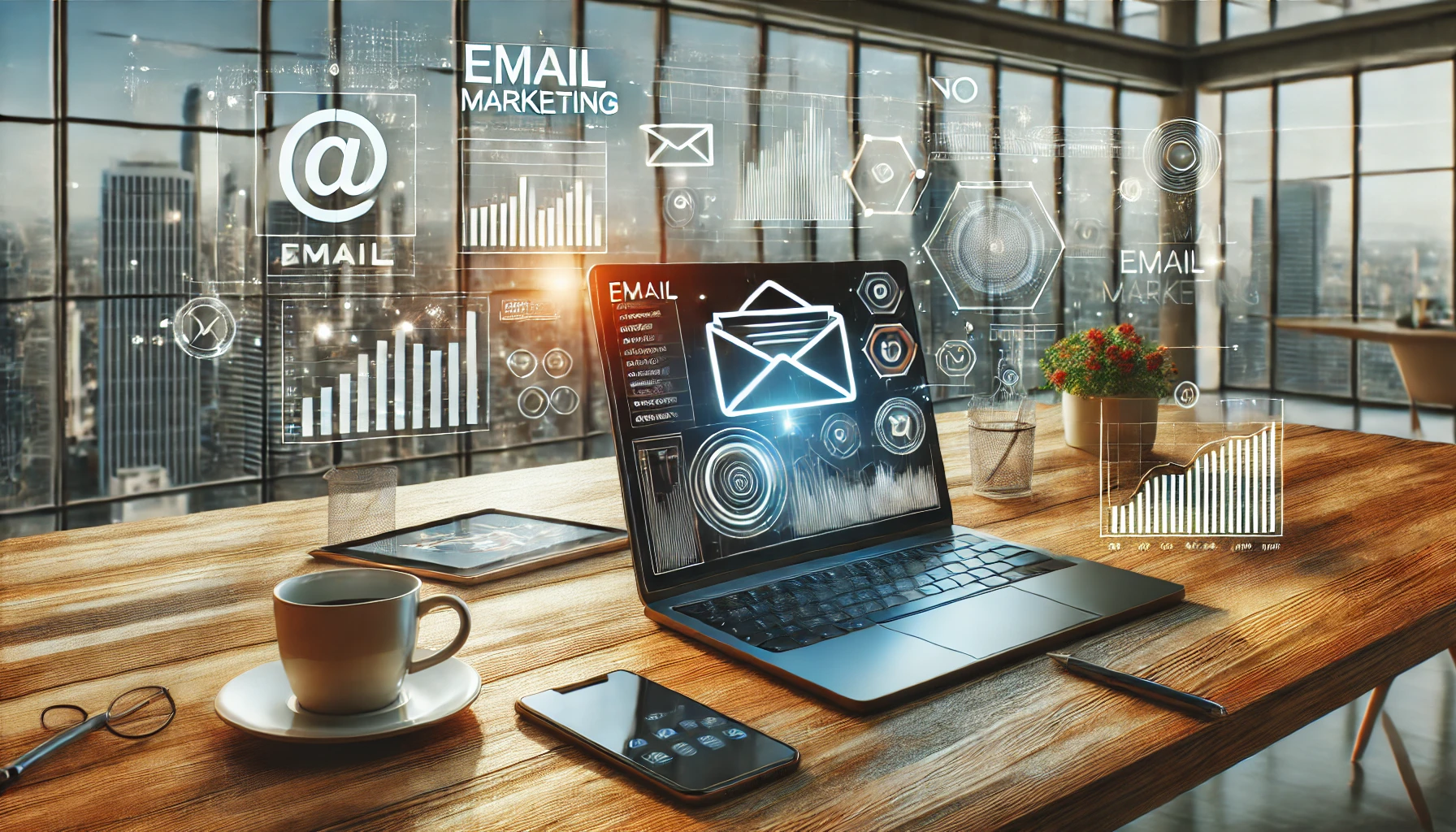
Trends in Email Marketing for 2025: Staying Relevant
Email marketing remains one of the most powerful tools for businesses, offering a direct channel to communicate with audiences. As we approach 2025, the email marketing landscape continues to evolve, driven by advancements in technology and shifting consumer behaviours. Below, we explore key trends for staying relevant in this dynamic field.
Personalisation: The Key to Engagement
In 2025, personalisation will move beyond using a recipient’s first name. Modern audiences expect brands to understand their unique preferences and deliver tailored content that resonates with their needs. Personalised content not only enhances engagement but also builds trust and loyalty among recipients, making it a cornerstone of email marketing strategies.
To achieve this level of personalisation, marketers are increasingly adopting advanced tools like AI-driven segmentation and predictive analytics. These technologies enable businesses to anticipate customer needs and send emails at the right moment. For example, a travel agency could use booking history and weather forecasts to suggest ideal holiday packages, creating a truly customised experience.
Moreover, integrating personalisation with omnichannel strategies ensures consistency across touchpoints. Emails that align with users’ interactions on social media, websites, or apps create a cohesive brand experience. This seamless approach not only improves customer satisfaction but also drives conversion rates significantly.
Dynamic Content and Real-Time Personalisation
Dynamic content allows marketers to tailor email visuals and messages based on recipient behaviour, location, or past interactions. For instance, retail brands can display real-time stock updates or location-specific offers directly within the email, enhancing relevance and immediacy. Additionally, incorporating live data feeds, such as weather updates or event schedules, keeps content fresh and engaging.
Real-time personalisation extends beyond static demographic data. It involves using behavioural triggers like abandoned cart notifications or purchase anniversaries to send timely, meaningful emails. As consumer expectations continue to rise, these techniques will become essential for maintaining engagement and driving action.
Interactivity in Email Design
Interactive email elements have become a staple for engaging audiences. From embedded surveys and polls to gamified content, these features keep recipients engaged while providing valuable insights to marketers. Interactive designs also help brands stand out in crowded inboxes, fostering stronger connections with their audience.
One of the most notable benefits of interactivity is its ability to reduce friction in the customer journey. Features like in-email product reviews, one-click purchasing, or RSVP forms streamline user actions, making the experience more intuitive. This not only boosts engagement but also increases the likelihood of conversion.
As mobile usage continues to dominate, designing emails with touch-friendly interactive elements becomes even more critical. Drag-and-drop features, swipe actions, and tappable menus cater to mobile users, ensuring an accessible and enjoyable experience for all recipients.
AMP for Email: A Game-Changer
AMP (Accelerated Mobile Pages) for email enables interactive features such as product carousels, appointment booking forms, and live comment threads without leaving the inbox. This innovation bridges the gap between email and website experiences, boosting user retention and satisfaction.
By adopting AMP technology, brands can create dynamic, app-like experiences within their emails. For instance, a hospitality company could allow customers to modify their bookings directly through an email, eliminating the need for redirects. This level of convenience enhances customer satisfaction and reinforces brand loyalty.
However, implementing AMP requires technical expertise and collaboration with email service providers. Ensuring compatibility across devices and email clients is crucial for a seamless user experience. As AMP adoption grows, early adopters will gain a competitive edge in creating impactful email campaigns.

Data Privacy and Compliance
With increasing regulations surrounding data privacy, businesses must prioritise compliance to maintain customer trust. Adhering to GDPR, CCPA, and other regional privacy laws will be non-negotiable in 2025. Transparent data practices and clear consent mechanisms will distinguish trustworthy brands from the rest.
Marketers must also stay informed about emerging regulations to avoid potential fines or reputational damage. Building a robust compliance framework not only ensures adherence to laws but also demonstrates a commitment to ethical practices. This, in turn, fosters deeper trust and long-term relationships with customers.
Furthermore, educating employees on privacy policies and ensuring third-party vendors align with compliance standards are critical steps in safeguarding user data. Investing in advanced cybersecurity measures, such as encryption and two-factor authentication, can further strengthen data protection efforts.
Building Trust through Transparency
Educating recipients on how their data is used and providing easy opt-out options can build trust. Companies should also prioritise secure data storage practices and communicate these measures effectively in their email campaigns.
Transparency can be enhanced by including clear links to privacy policies and offering granular preferences for email subscriptions. For example, allowing users to select the types of content they wish to receive empowers them to take control of their inbox. This level of clarity not only aligns with legal requirements but also enhances the overall user experience.
As privacy concerns grow, brands that prioritise transparency and respect user preferences will stand out. By taking a proactive approach to data protection, businesses can position themselves as trusted partners in the digital age.
Staying ahead in email marketing requires embracing innovation, focusing on user experience, and adhering to ethical standards. By incorporating these trends into your strategy, your brand can remain relevant and impactful in the years to come.
